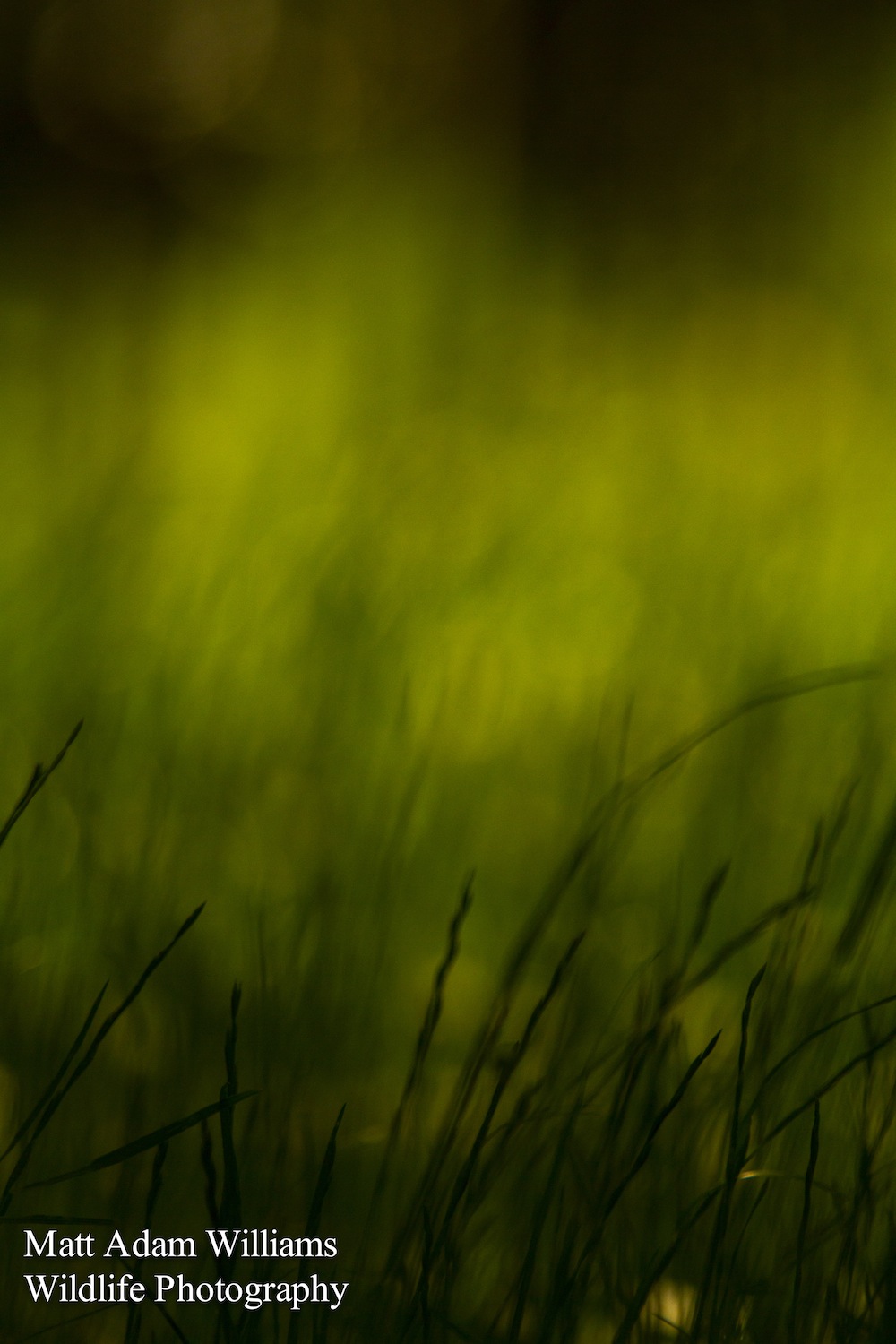Nature’s new home
This week saw the launch of what the Royal Society for the Protection of Birds intends to be its biggest ever campaign – Giving Nature a Home.
The following is a summary of the campaign and a few thoughts on its exciting elements, and on directions it could develop in.
1. A response to crisis. The campaign comes just weeks after the launch of the State of Nature report, showing that 60% of species surveyed in the UK have declined in the last 50 years. With our countryside in such a parlous state and human influence extending its hand far and wide, managing gardens for wildlife can help create important habitats and corridors. If thousands or perhaps millions of people across the UK change how they manage their gardens it could be revolutionary for nature and could connect a huge swathe of people to the wildlife on their doorstep in new ways.
2. A blog by the RSPB’s Director of Conservation rightly recognizes the root causes of many of these problems, the four horsemen of environmental apocalypse as he terms them; namely, habitat destruction, non-native invasive species, over-exploitation and pollution (particularly climate change). All these are driven, he says, by a growing population consuming more. It’s refreshing to hear a bold admission that consumption (and by extension consumerism?) lies at the heart of many of the environmental woes we face.
3. Who is this campaign for? It’s for people who already care about nature or who don’t but might be encouraged to do so by a first simple step of taking action for wildlife in their garden. By virtue of this it’s for people who have access to a garden, balcony or patio they can do something with to help nature.
4. The campaign has its own website. This is designed for people who use social media, but there are a number of small areas where it could still be improved.
i. Help wildlife in your garden needs to be bolder and clearer. This has improved with the big ‘Tailored steps for my garden’ button but it could still be more obvious.
ii. The activity wall needs to be more personal – displaying the profile pictures of those taking action and allowing them the chance to connect with each other.
iii. There needs to be something to do (other than donating to the RSPB) for those without a garden. While building the RSPB’s membership is an admirable outcome, for nature’s sake it can’t be the end-goal of the campaign.
5. What else needs to happen? From gardens to communities and campaigning. One million homes for wildlife will make a big difference, but won’t be enough to tackle the problems in State of Nature. Citizens across the UK need to be inspired to care about nature and to come together to make change in an unprecedented way. Alongside Giving Nature a Home, lobbying business, Government and landowners, what’s also needed is a movement for nature conservation.
Giving Nature a Home can help to build this movement.
The people who have been part of the ‘garden’ phase of the campaign need to be offered opportunities to come together in their communities to help nature – perhaps through urban community gardening projects for example. This will not only benefit nature but also allow them to connect with each other.
And they need to be empowered with the tools to work together to advocate for nature’s wellbeing, whether they’re addressing business, local Government or politicians in Westminster. A movement can’t be built on countless individuals acting alone, it’s got to be about them coming together to collaborate with a common purpose.
6. Is nature homeless? Our spiritual connection with the natural world. The name of the campaign implies that nature needs a home. True, there is little of the UK landscape left that isn’t managed or affected in some way by people. However, the campaign suggests that nature has no home right now, whereas surely nature’s home has and will always be the natural world?
When I walk through a wood, I feel connected to a force that’s greater than myself. I don’t feel like I’m in a place that people decided to put there or allow to remain there. I sense that I’m tapping into something that the earth has brought forth and that will endure beyond people. There’s something very powerful in this spiritual connection that the conservation sector can leverage. Our moral imperative to protect nature is often driven by the sense of connection to something beyond human influence, management and description. And our spiritual wellbeing and connection is often derived from our sense of a natural world beyond the human one. In making nature conservation relevant to people, let’s not completely forget the wonder and awe its independence from people can inspire.

